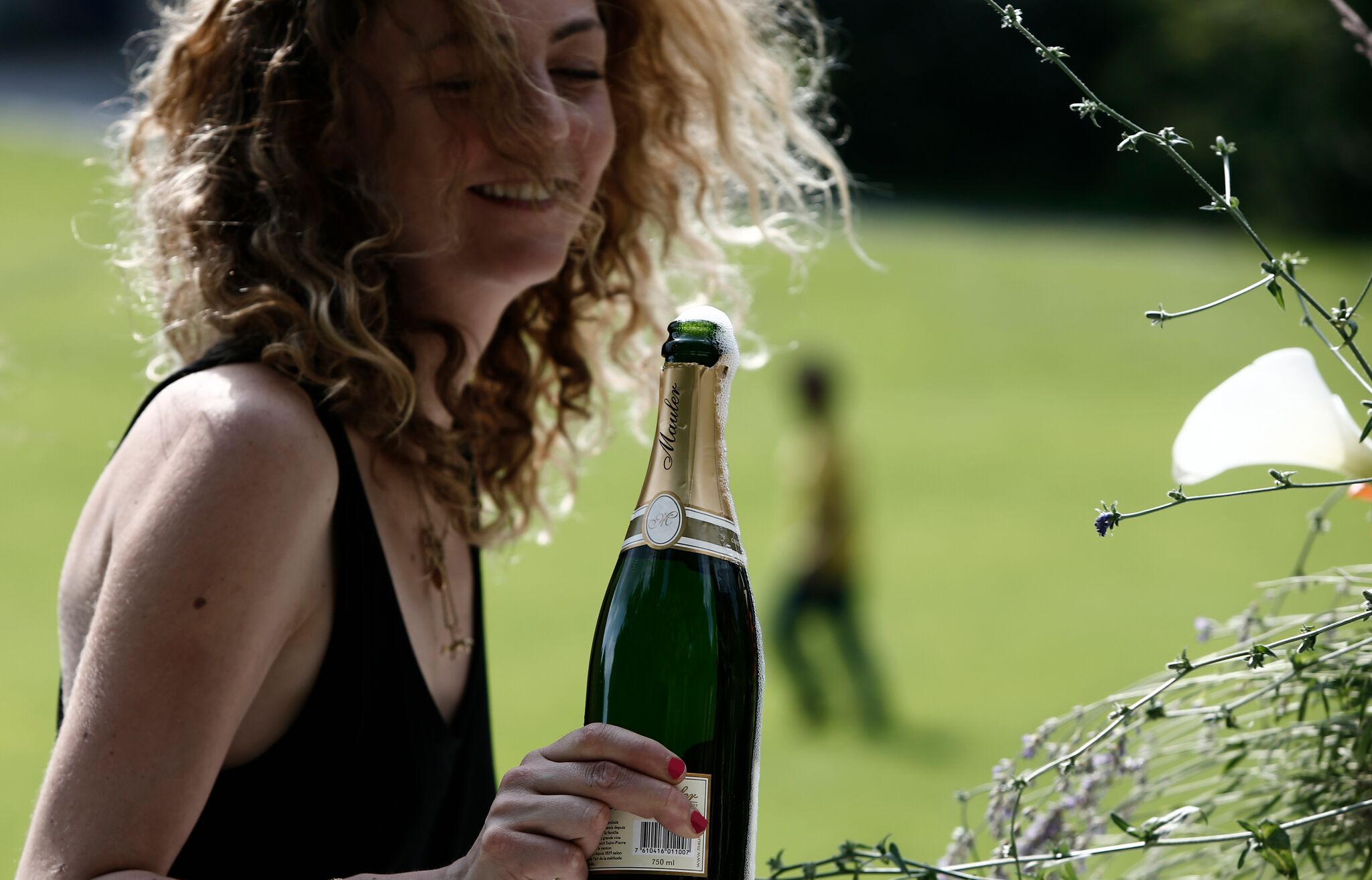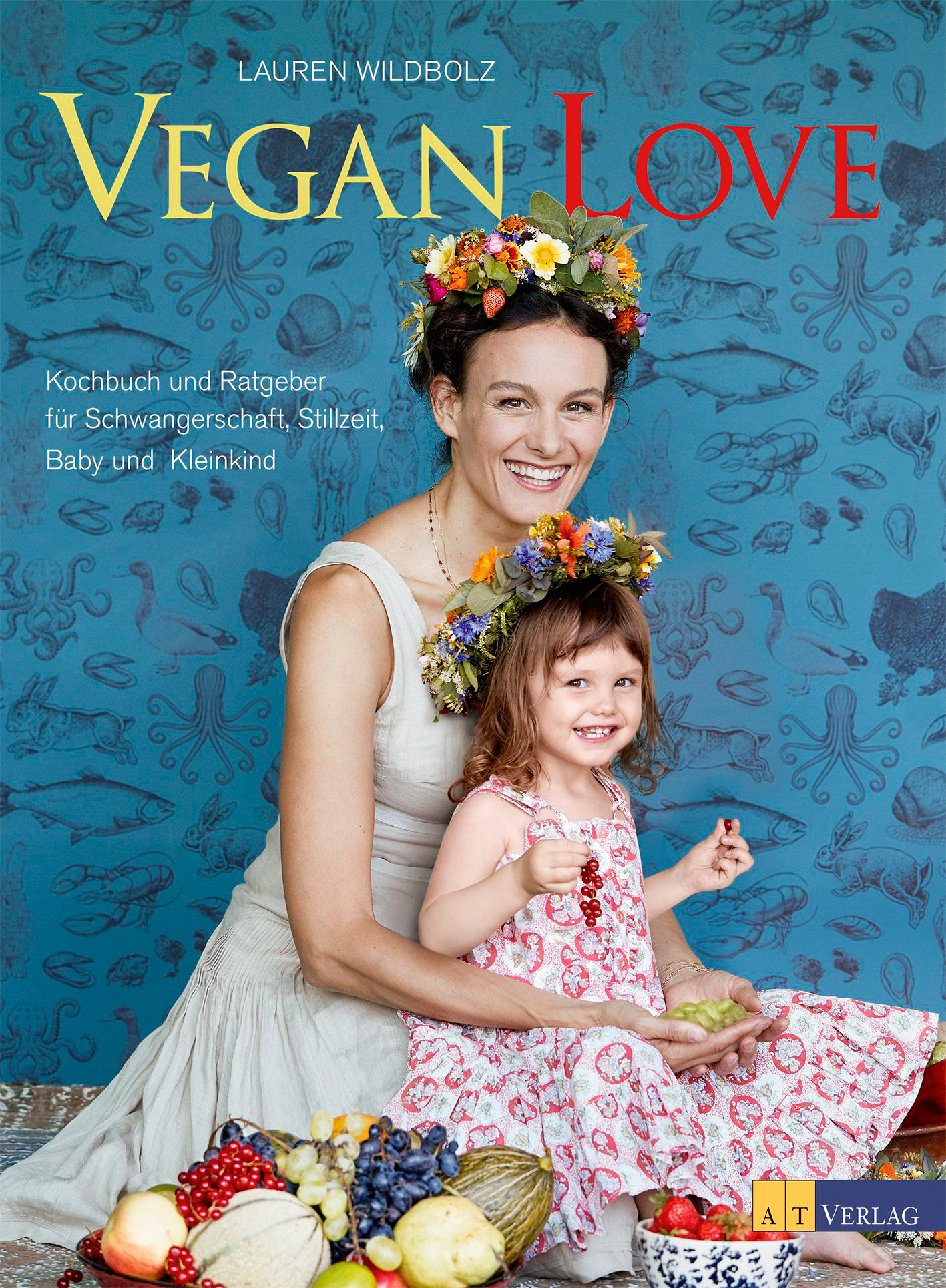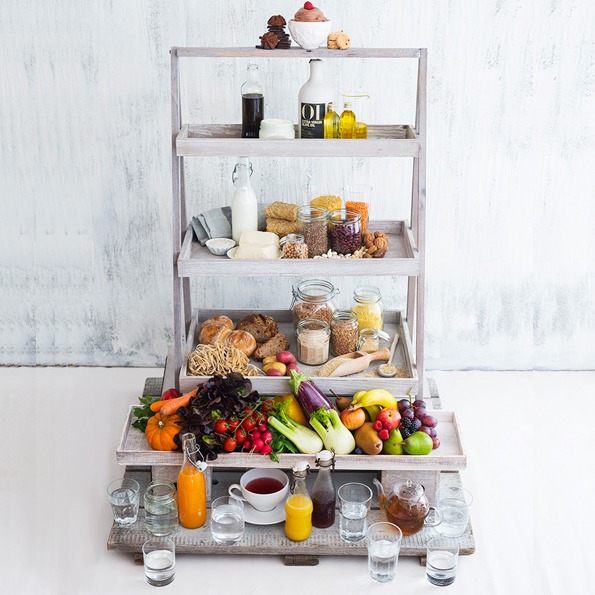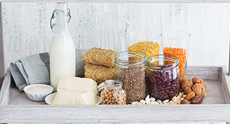
First comes the food and then more.
Anyone who eats a vegan diet has taken a big step towards reducing suffering in this world. But the exciting and fulfilling journey is only just beginning. First I changed my clothes and shoe purchases, then I checked my cosmetics and medication. This development seems to be typical for many vegans: The longer they eat and live vegan, the more consistently they pay attention to the exclusion of animal products in everyday life and include more areas.
Being a mother has brought new products into everyday life that contain traces of animals or have been tested on animals. As I studied art myself for 8 years and my little daughter loves painting and crafting, it’s time to take a closer look at these materials.

Colors. Certain shades of red are not vegan.
Alkyd and acrylic paints are mostly vegan. Alkyd and acrylic paints are synthetic compounds, whereby alkyd is based on synthetic and vegetable resins and acrylic paints are plastic dispersions. However, color pigments such as cochineal, carmine (E120) and purple are not vegan. In the case of reds, especially cochineal and carmine red, the origin of the pigments must be investigated; in many cases, female beetles (the cochineal) are still ground and/or boiled for this purpose. When it comes to the color purple, you have to ask, because if it is called “true purple”, it was obtained from purple snails.
Incidentally, the production of synthetic purple is just as expensive as that of “real” purple. As long as the pigments in their oil or acrylic paints are not animal-based, but either vegetable, mineral or synthetic, they can be considered vegan paints.
 Image by Mamakreativ
Image by Mamakreativ
Animal testing is not carried out on paints for art painting. All products in the MÅLA series from IKEA are non-toxic. My daughter, 3 years old, can already paint independently with these colors. Easy to dose, easy to wash off and very inexpensive. The color is very opaque but once dry it can no longer be washed out of textiles. Only when the color is still fresh on the clothes can it be washed out easily. It is best to simply fit a T-shirt over the children’s clothes, which can be used again and again for painting.
Animal testing for wall paint.
Unfortunately, animal testing is still being carried out on wall paint. You can find wall paints that have not been tested on animals, are free from animal ingredients and are also ecologically safe and harmless to health here. The wall paints from Ecos Paints can easily be used in the same way as acrylic paints (art material). So with them you have everything in one: ecologically and health-safe, cruelty-free and vegan paints.
Brushes. Better artificial than natural hair.
Nylon or acrylic brushes are easier to clean than natural hair brushes, both from oil and acrylic paint – and they shed much less hair. “Natural hair”, “bristles” – simply avoid products with these names. You can recognize them by their appearance and usually also by their name. Calligraphy brushes are made of goat, pony, marten hair and the like. There are much better synthetic alternatives for this area. The brand Davinci offers excellent painting brushes made of synthetic hair in all possible shapes and sizes.
Paper. Use recycled paper, check watercolor papers.
Paper as a label material is largely harmless from a vegan perspective in terms of material and production. Strict vegans insist on recycled paper, as the cutting down of primeval forests or the cultivation of fast-growing tree monocultures cannot be reconciled with vegan ethics. It’s best to simply recycle your paper from the office at home. The reverse side is suitable for children to draw on. In the case of painting blocks, however, the glue may consist of casein or glutin glue(bone glue). Incidentally, gelatine is often used in watercolor paper and is therefore not even vegetarian. These watercolor papers, for example, are gelatine-free.

Street chalk is vegan.
The biggest paper in the world is the sidewalk in front of our house. One game is particularly suitable for older children who can already operate a photo or cell phone camera themselves. The children draw different things on the floor, for example a rocket or a balloon bouquet with string. Now lie down on the floor in such a way that you get a picture from above: For example, two boys floating in space. All it takes is a few photos – and the funny scene is captured for eternity. This ensures that the work of art remains in place, even when the next rain comes. You can find more ideas for playing outside with chalk here. The street chalk from IKEA consists entirely of calcium carbonate and non-toxic color pigments.



































